indoor hydroponics operation
aw76
15 years ago
Related Stories
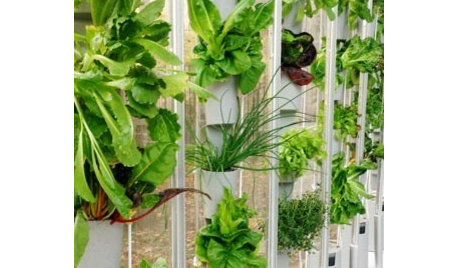
PRODUCT PICKSGuest Picks: High-Tech Plant Helpers
Hydroponics, monitoring systems, even an electric pollinator ... these gadgets and services keep your greenery growing strong
Full Story
HOUSEPLANTS8 Essentials for Healthy Indoor Plants
Houseplants add so much to our homes — and can thrive when grown in the right conditions. Keep these tips in mind
Full Story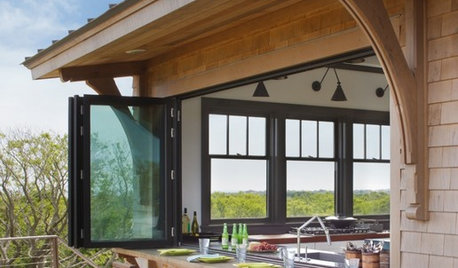
PATIOSAn Indoor-Outdoor Serving Bar Opens the Possibilities
Thinking about revamping your patio this year? Indoor-outdoor pass-throughs make entertaining outside even easier
Full Story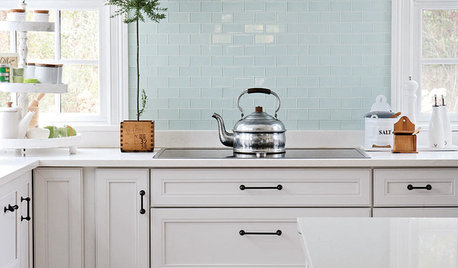
Indoor Gardening: Herbs and Succulents
Pop easy-care plants in a sunny window for beauty, fragrance and flavor all year
Full Story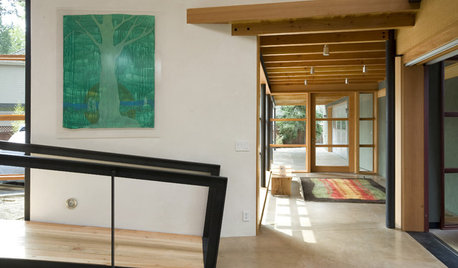
GREAT HOME PROJECTSHow to Add an Indoor or Outdoor Ramp
Improve accessibility and safety by swapping stairs for ramps in your home or yard
Full Story
BATHROOM DESIGNDream Spaces: 14 Fabulous Indoor-Outdoor Bathrooms
Disappearing walls put these baths in Mother Nature’s lap, counting tranquil views and fresh air as the best luxuries of all
Full Story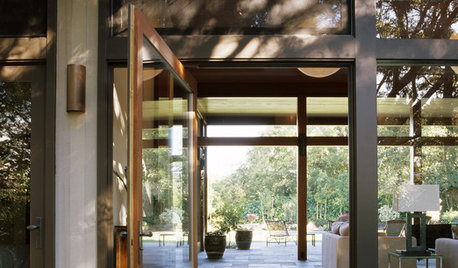
WINDOWS11 Ways to Create Indoor-Outdoor Connections
Expand nature's soothing embrace with sliding doors, covered porches, generous windows and more
Full Story
HOUSEPLANTS10 Top Plants to Grow Indoors
Brighten a room and clean the air with a houseplant that cascades artfully, stretches toward the ceiling or looks great on a wall
Full Story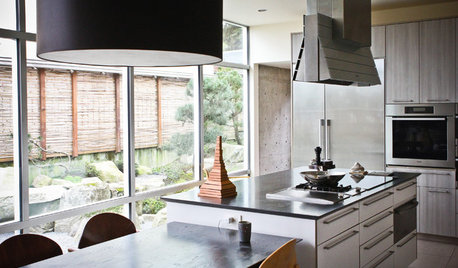
HOUZZ TOURSMy Houzz: A Kitchen Update With Indoor-Outdoor Beauty
A Japanese-inspired kitchen and garden remodel gives a Seattle couple their own little piece of Kyoto
Full StoryPOOLSRoom of the Day: An Indoor Pool Laps Up the Attention
This modern addition blends Scandinavian and coastal Californian design
Full StoryMore Discussions







freemangreens
willardb3
Related Professionals
Edmond Landscape Architects & Landscape Designers · Harrison Landscape Architects & Landscape Designers · Canyon Lake Landscape Contractors · Dallas Landscape Contractors · Desert Hot Springs Landscape Contractors · Fort Atkinson Landscape Contractors · Fort Worth Landscape Contractors · Long Beach Landscape Contractors · Oviedo Landscape Contractors · Shoreview Landscape Contractors · Southbury Landscape Contractors · Waterford Landscape Contractors · West Chester Landscape Contractors · West Haverstraw Landscape Contractors · Baileys Crossroads Landscape Contractorsjoe.jr317
willardb3
sdrawkcab
joe.jr317
garysgarden
sumday
Karen Pease
wordwiz
Karen Pease
wordwiz
grizzman
wordwiz
grizzman
wordwiz
Karen Pease